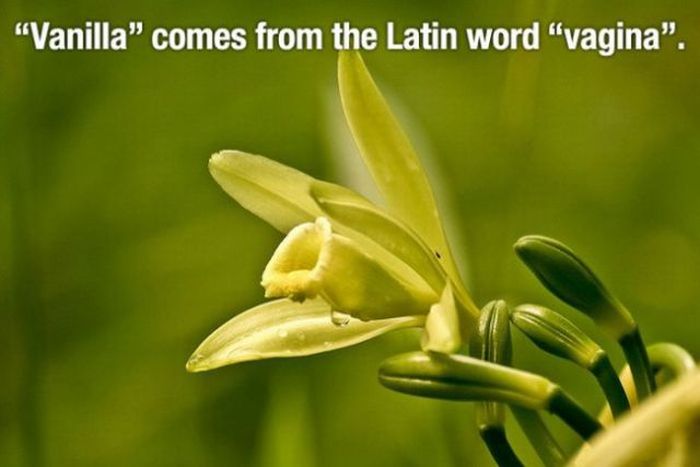
You can tell that an avocado is ripe when they feel heavy for their size and are dark in color. The name came about because Spanish explorers could not pronounce the Aztec word for avocado, “ahuacatl,” so they called the avocado “aguacate.” They are thought to have originated from South Central Mexico and belong to the genus Persea in the Lauraceae family (along with cinnamon, camphor and bay laurel). Most people, however, believe “strawberry” came from “strewn berry” since strawberries appear to be “strewn” about on the plants where they grow.Īvocados are a fruit, not a vegetable. Today, we are fortunate to be able to enjoy purple, orange, yellow, white or red carrots!ĭid you know… an average strawberry has around 200 seeds!Īnd how did the strawberry get it's name? Some believe that English children in the 19th century would pick strawberries and string them on grass straws to sell as “straws of berries.” Others think the name came from the practice of placing straw around the plants to protect them from the weather. Over time, this replaced the purple carrot.

People discovered that orange carrots tasted sweeter, so they started planting more orange carrots. Most carrots were purple with a bitter taste. Hundreds of years ago, the common carrots were not orange.

Carrots can be eaten raw, roasted, stewed or as a juice. They grow in the ground whilst their green shoots can be seen above the ground. Lemon juice makes an excellent cleaning product because germs can't handle the acid!Ĭarrots are a root crop similar to beetroot. Lemons contain a lot of citric acid which makes the juice very sour.
RANDOM FACTS SKIN
Both the juice from the lemon and the skin can be used. While you wouldn’t necessarily want to eat a lemon by itself, they do make great additions to drinks, meals and desserts. This can be compared to the common green Jalapeno which is just 2500-5000 SHUs. The wonderfully named Trinidad Scorpion Chilli is measured as having 1,463,700 Scoville Heat Units (SHUs), an official laboratory unit for heat levels. The heat levels of chillies range from super-hot to super-mild. These fruits are primarily purple (in fact, they come in a range of purples) but they can come in different colours including brown, yellow, green, and white.Ĭhillies are vegetables that need a lot of sunlight to grow well – maybe this is why they are so hot in flavour!

However, originally, eggplants were much smaller and white in colours which is how they got the name 'egg' plant. Snow peas and snap peas have an edible pod and pea, while the green-pea has a much harder and fibrous pod, making it difficult to chew.īelieve it or not, eggplants are fruits not vegetables! This is because they have many seeds inside their flesh, while vegetables don’t contain seeds inside themselves.Įggplants are glossy and long - nothing like an egg at all. These vegetables are great climbers so planting next to a wooden stake, tepee frame or ladder will allow it to climb to the top. They can deal with temperatures as low as 7 degrees Celsius.

These plants can grow and produce peas throughout winter, making them a wonderful winter crop. The heaviest zucchini came in at 29 kilograms.Ī cold breeze is “snow” problem for a snow pea! Snow peas don’t mind cold temperatures. The world record holding zucchini was a whopping 2.52 metres long - almost the length of 2 humans! Most varieties of zucchini can grow up to a metre long, but some can get even longer than that. Zucchinis are part of the Cucubits family and are related to the melon, pumpkin and cucumber.


 0 kommentar(er)
0 kommentar(er)
